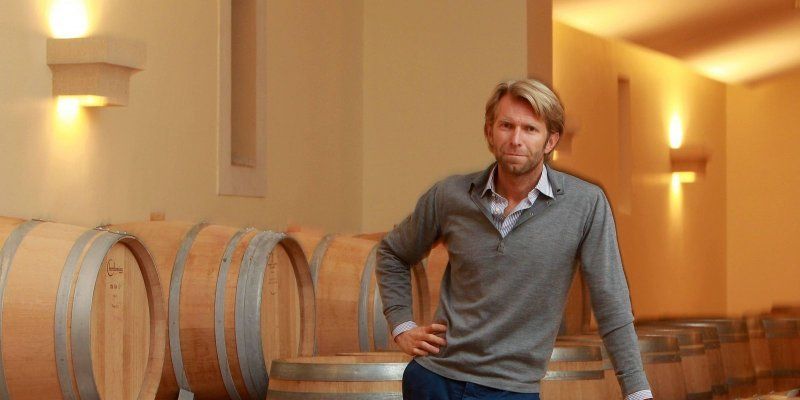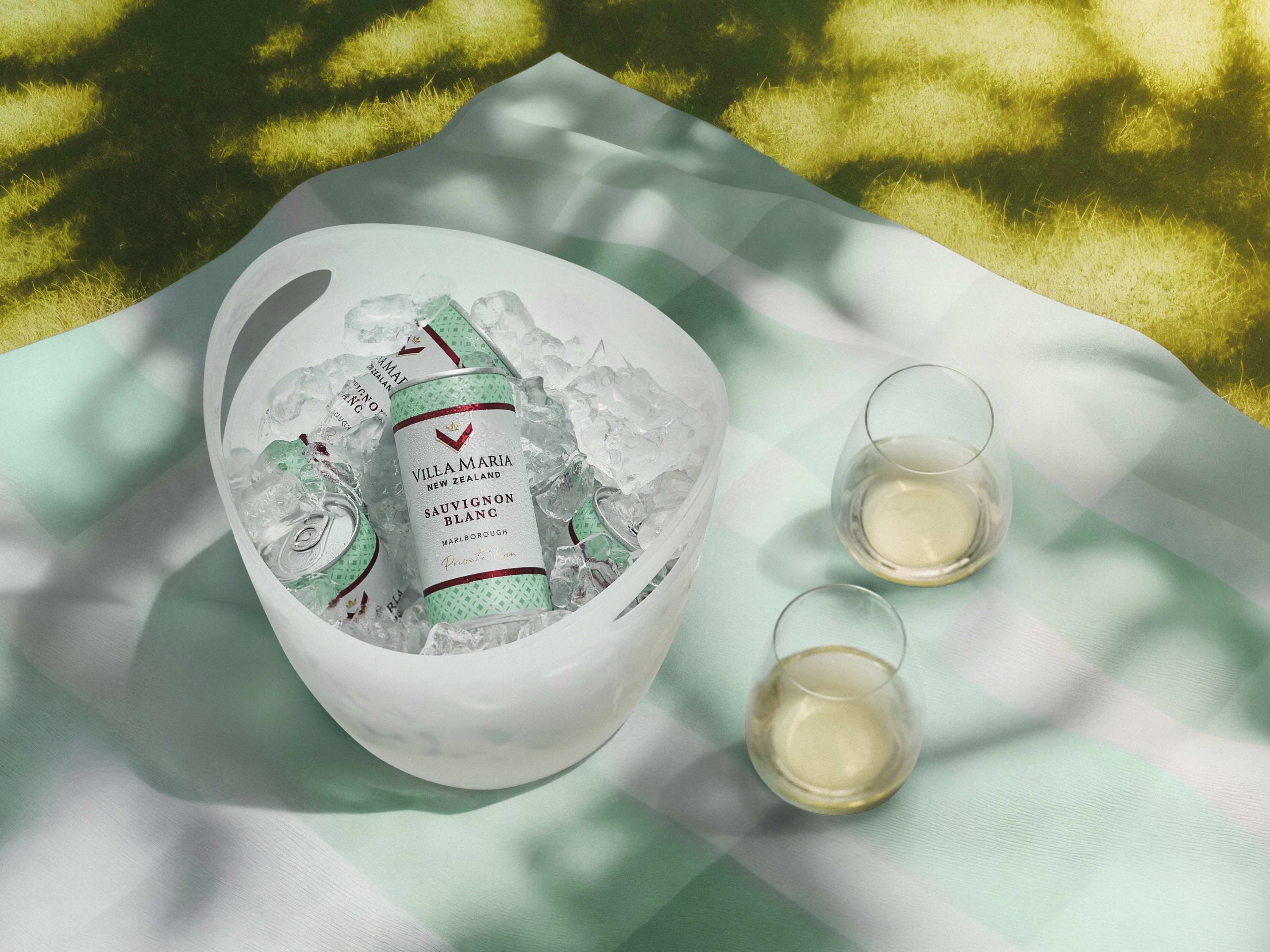If you are not a First Growth it is hard to stand out in Bordeaux. But Château Brown, under the winemaking of Jean-Christophe Mau, has done more than many with its high quality wines from the Pessac-Léognan.
Sitting on the writing side of the wine world it can be hard to really understand what it must be like for a winemaker or producer as they enter harvest season. There are few other professions where a year’s work rests on the vagaries of the weather. But year in year out winemakers are faced with that same agonising decision of when to pick their grapes.
Decisions that winemakers and producers are having to make right now across the northern hemisphere from the west coast of California through to the Balkan seas.
Rightly or wrongly the most significant and talked about wine harvest of the year is Bordeaux. It is the one region that despite all the growth and interest in other parts of the world that all eyes turn to come September and October. What is the Bordeaux vintage going to be like?

Jean-Christophe Mau says “metiiculous” work in the vineyards pays off in its wines
Jean-Christophe Mau is very well placed to know. For not only is he in charge of winemaking at the highly acclaimed, Château Brown in Pessac-Léognan, he is responsible for managing the fine wine buying for the major Bordeaux negociant, Yvon Mau.
The Buyer caught up with him last week during a flying visit to London in the midst of his own harvest at Château Brown. A harvest that is already well underway with the whites, and the reds waiting increasingly impatiently on their vines, waiting to be picked, probably starting at some stage this week.
Quietly confident
Mau was quietly confident about the 2016 vintage. Anxious to always precede any prediction by stressing “it is too early to say” he was happy to state that Bordeaux sits potentially on the cusp of “an exceptional” harvest. For that to happen will depend on how the weather behaves over the next two weeks, he added. But it finds itself in this envious position after one of its most challenging, if not ideal growing conditions throughout the summer.
After a dry July, Bordeaux then experienced, what Mau says, was its hottest vintage in history with 10 days of continuous temperatures of between 35 to 37 degrees celsius.
The high temperatures have meant it has taken longer for the vines to recover and the grapes to ripen. The conditions were so hot at the height of the summer, and with only 7mm of rain for the whole of August, that the vines simply shut down for 10 to 15 days, says Mau.
Recovery time
Whilst it would normally start picking its white grapes, Sauvignon and Semillon, at the beginning of September, that had to be pushed back to help the vines recover.
To much relief Bordeaux then received the equivalent of a well timed heavy shower with some 38mm falling on September 13 alone.
All of which has helped produce a 20% larger crop for white grapes than in 2015, says Mau, with grapes showing “good acidity, with nice floral notes and that are well balanced”.
“I have not seen these kind of volumes since I started at Château Brown in 2005,” he added.
The reds are also well placed with Mau predicting 10-15% higher volumes and is confident it is going to be a “good vintage for Merlot” in particular.
“If we get 10 more days of good weather then it could also be good for Cabernet Sauvignon,” he added. “It is a good year for maturity and we have got nice thick skins.
“It looks like being a great vintage, maybe even an exceptional one.”
Which means Mau will have to manage carefully how its wines are released and marketed.
In an ideal vintage Mau said he would like to have around 75% of Chateau Brown’s production at ‘grand vin’ standard. “That’s the magic number.”
But it varies from year with some vintages being only around 60% to 65% or 70% levels of grand vin.
For Mau it is vital he does not over state his grand vin status. “I need to make sure that my ‘grand vin’ quality is guaranteed every year,” he explains. “So that buyers know our top quality wines are going to be of a certain quality.”
Key vintage

The UK is a key market for Chateau Brown along with Hong Kong and the US
A strong, high quality 2016 vintage, will clearly be good news for the wider Bordeaux market in all its key export markets, of which UK remains crucial, says Mau. He positions the UK alongside Hong Kong (and sales in to China) and increasingly the US as being still the primary markets for Bordeaux. “For the top fine wines it is still the UK and Hong Kong,” he says. “For all the Bordeaux bashing the UK is still very important market for us,” stresses Mau who felt Bordeaux still provides an excellent, and good value market for fine wine.
That said, with his negociant hat on at Yvon Mau, it is important it works with the right chateaux that are very conscious and astute about market conditions. “We need to be careful. We can’t play with everyone and have to be selective with the chateaux who we work with,” he explains.
The heat and rising yearly temperatures are the subject of increased debate within Bordeaux, says Mau. Particularly around the issue of not being able to use any form of irrigation. It might lead, he suggests, to the planting of more different varieties like Syrah which can cope with higher temperatures and less rainfall.
Mau’s own wines have to date concentrated on mainly classic Bordeaux white and red styles. But it has, for the first time, produced its own rosé from the 2012 vintage with very encouraging results. Carrying lovely, balanced fruits, but with that freshness and vibrancy that only rosés can offer.
Only 2,000 bottles were made from the 2012 vintage, but we can expect the rosé to be a more significant part of its offer in time.
The estate
Château Brown is a 59 hectare estate, of which around 29 are planted with vines, 23.5 hectares are for reds and 4.5 hectares are for whites. Its mix of grapes breaks down as Cabernet Sauvignon (55%), Merlot (40%), Petit Verdo (5%) and 70% Sauvignon and 30% Semillon.

It is an estate that, whilst it sits outside the Grand Cru classification system, is seen by many as producing wines of similar quality. Not only does it rub shoulders with its more illustrious neighbours that are Grand Crus, it also sits on the same gravel soils, and follows similar if not the exact viticulture practices.
Or as Mau puts it himself: “We are very meticulous in what we do in the vineyard and in what we do in the cellar. From the pruning, right through to every other decision we make in the vineyard. We have the terroir here. But ultimately I think it is probably easier that we don’t have Grand Crus status. It is not a problem for us not have a classification. If we were given the classification tomorrow I am not sure I could do my job in the same way.”
In fact he admits it would upset him if his wines were simply highly regarded as they were a First Growth. Instead he much prefers to liken Château Brown to the estate driven wines from Burgundy. “It is the name of the winery that is important. Not the classifcatin.
The estate’s name comes from a Scottish trader called John-Lewis Brown, who bought the property shortly after the French Revolution in the late 18th century. It has had many owners since then, and was taken on by the Mau and Dirkzwager families in 2004 with the ambition of turning Brown into a flagship Pessac-Léognan estate.
“It certainly gives us personality. Particularly in France where we are seeing as being quite chic,” says Mau.










































